- 路 Microwave
- 路 Atmospheric Pressure Microwave 路 Pressure Microwave 路 Parallel Microwave
- 路 Ultrasonic 路Low Temperature Ultrasound
- 路 Ultraviolet Light
- 路 Microwave Heating 路 Atmospheric Pressure Synthesis 路 Atmospheric Pressure Catalysis 路 Atmospheric Pressure Extraction
- 路 Sample Preparation 路 Microwave Digestion
- 路 Soil Digestion 路 High Pressure Synthesis
- 路 Solid Phase Synthesis
- 路 Organic Synthesis
- 路 Ionic Liquid Synthesis
- 路 Degradation Of Natural Organic Matter
- 路 Natural Product Extraction / Purification
河北祥鹄科学仪器有限公司
Synthesis of SnTe Nanocrystalline by Ultra-fast Microwave hydrothermal method to improve Thermoelectric Properties
This paper, which was completed by the National Key Laboratory of the Petroleum Processing and Materials Science Engineering of the University of Petroleum, was published in the paper on the synthesis of SnTe nanocrystals by the ultra-fast microwave hydrothermal method to improve the thermoelectric properties, and was published on the
In recent years, the research work of microwave chemical instrument for material synthesis has become the hot direction of scientific research, and has been greatly concerned by the great scholars.
SnTe is an important member of the IV-VI semiconductor, and SnSe and PbTe, as two representative thermoelectric materials, are considered a potential attractive thermoelectric material due to its crystal structure similar to that of PbTe. However, because of the difficulty in the control of the appearance and size of SnTe, the research on SnTe is still very limited, because of its high thermal conductivity, the thermal performance of SnTe is also very low. In this study, a simple and ultra-fast microwave hydrothermal method was designed to synthesize SnTe particles with a controlled size of micro-scale to nano-scale.
The thermoelectric properties of SnTe bulk materials prepared by discharge plasma sintering are studied in a wide temperature range. Since the nano-size effect leads to the enhancement of the acoustic sub-scattering, the thermal conductivity is low, and 0.60Wm. 1K1 is obtained in the bulk sample with 165-nm nanoparticles at 803K. At 803K, the corresponding maximum ZT value was increased to 0.49, about 2. 3 times that of the mechanically alloyed SnTe bulk sample.
Thermoelectric (Te) materials have attracted wide attention in recent decades because of their excellent residual heat generation capacity and wide application prospects in solid-state refrigeration [1-4]. The ZT value of SnSe single crystal reaches 2.6. As another member of IV-VI semiconductor, SnTe is not only a lead-free material, but also has similar crystal and band structure to PbTe crystal. SnTe is considered as one of the most promising thermoelectric materials. However, recent studies have shown that the ZT values of SnTe crystals are still very low because of their high thermal conductivity (usually larger than 2.5Wm).
In this study, the researchers designed a simple, ultra-fast, green, high-yield microwave hydrothermal synthesis of nanoparticles (NPs). The growth mechanism and morphology control technique of directional adhesion are discussed systematically. In order to further verify and understand the nanometer size effect, SnTe reference samples were prepared by ball milling combined with spark plasma sintering (SPS).
Compared with the thermoelectric properties of pure SnTe bulk materials, the ultra-low thermal conductivity (1.5 W m). 1 K1 to 0.60 SMI 1 K1323-800 K) and the relatively high Seebeck coefficient (58-90 μ V K) were found in NPs sintered samples with an average diameter of 165 nm. The ZT value is relatively high (about 0. 49 at 803K), which is related to the enhancement of phonon scattering and the enhancement of energy filtering effect.

Fig. 1↑
Fig. 1: (a) Microwave hydrothermal synthesis system:(b)The temperature curve is a function of the reaction time.(c)XRD patterns of SnTe nanoparticles,(d) and (e) are SEM images at different magnifications,(f) is an octahedral structure simulating SnTe nanoparticles;(g), (h), and (i) are overall TEM, SEAD, and HRTEM images.

Fig. 2↑
Fig. 2: (a), (b) and (c) are SEM images of SnTe NPs synthesized from 1.0 g ~ (-1) g NaOH.; (d) is the XRD map of samples (a) and (c). (e) and (h), (f) and (i), (g) and (j) are SEM images of SnTe particles synthesized from 1.50 g / 2. 50 g NaOH and 5.50 g NaOH.

Fig. 3↑
Fig. 3: (a)The overall morphology of the sample after SPS, the inlays are rectangular columns and square wafers, used to test thermoelectric properties and Hall measurements; (b)is XRD pattern of undoped SnTe reference sample; (c), (d), (e) and (f) are detailed scanning electron microscopic images of dense samples sintered from mechanically alloyed powder (c) or particles of different diameters (165 nm (d), 550 nm (e) and 8.2 mm (f).

Fig. 4↑
Fig. 4: the properties of dense samples sintered from 165 nm,550 nm nanocrystalline (NPs), 8.2mm micron (MPS) and mechanically alloyed (MA) powders are the total thermal conductivity of: (a), (b) lattice thermal conductivity. (c) conductivity, (d) and (e) transport mechanism, (f) hole mobility carrier concentration and mmx*/0* ratio are used as function, (g) Seebeck coefficients to reduce grain size. (h) power factor and (i) ZT value.
The properties of nanometer energy 28 (2016) 78-86 are studied systematically by using phonon scattering theory and the energy filtering effect induced by nanometer scale effect. When the diameter is reduced from 8.2mm to 165 nm, the thermal conductivity decreases significantly.
At 803K, the phonon scattering effect was enhanced by the interference of grain boundary and point defect at 803K, and the dense samples were sintered with 165 nm nanocrystalline particles. This value is only 11.8% of the reference sample, which is the lowest thermal conductivity of undoped SnTe so far.
Compared with the reference sample, the 165 nm NPs sample obtained a higher ZT value of 0.49 at 803 K, which is also higher than other work. Microwave hydrothermal method, techniques for controlling grain size or morphology, and nanometer size effect also provide new insights for the study of synthesis-structure-property relationships of a wide range of semiconductor thermoelectric materials.








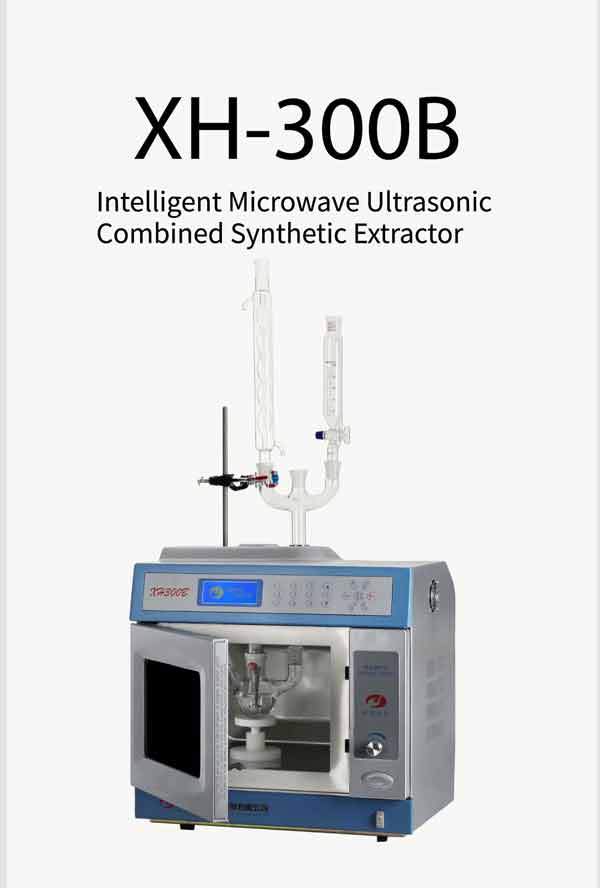

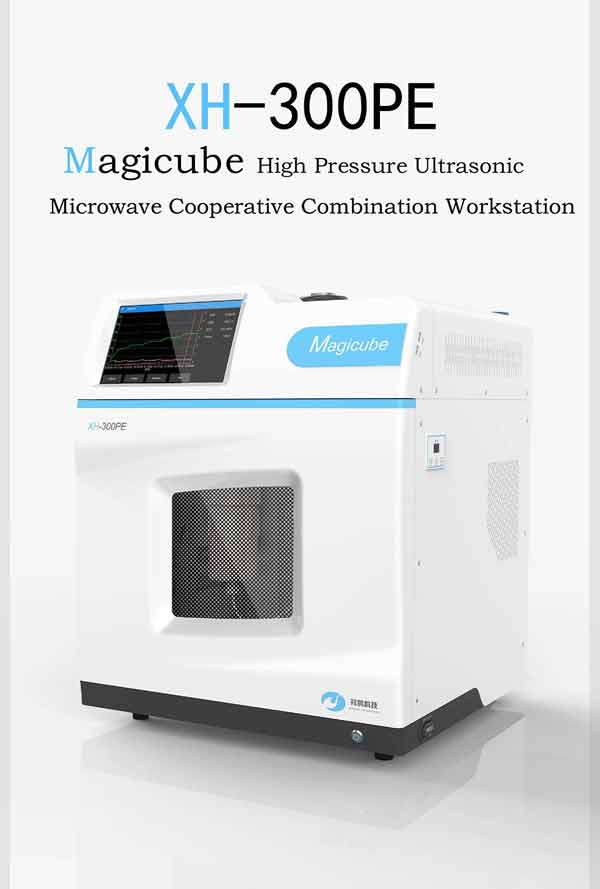
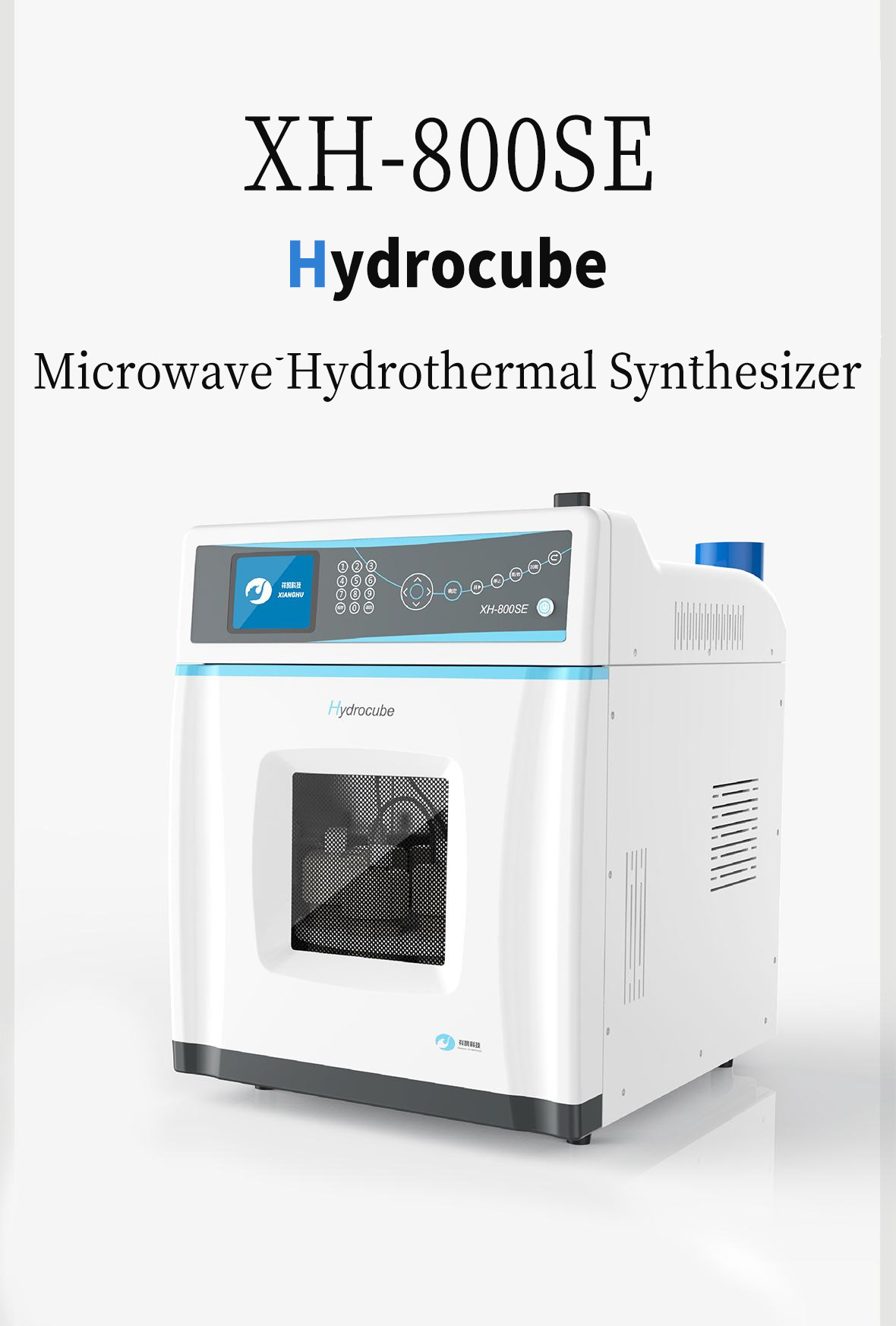
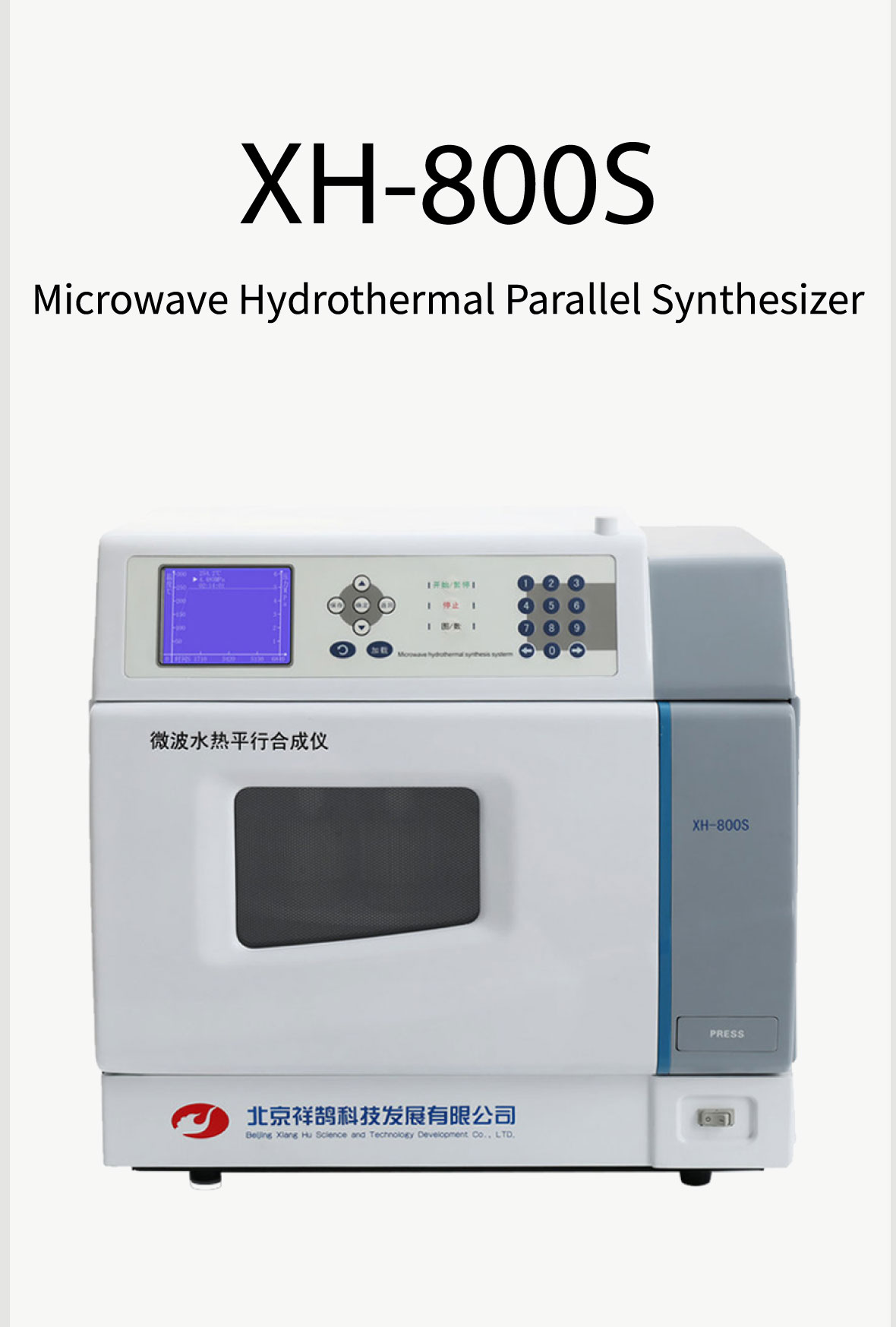
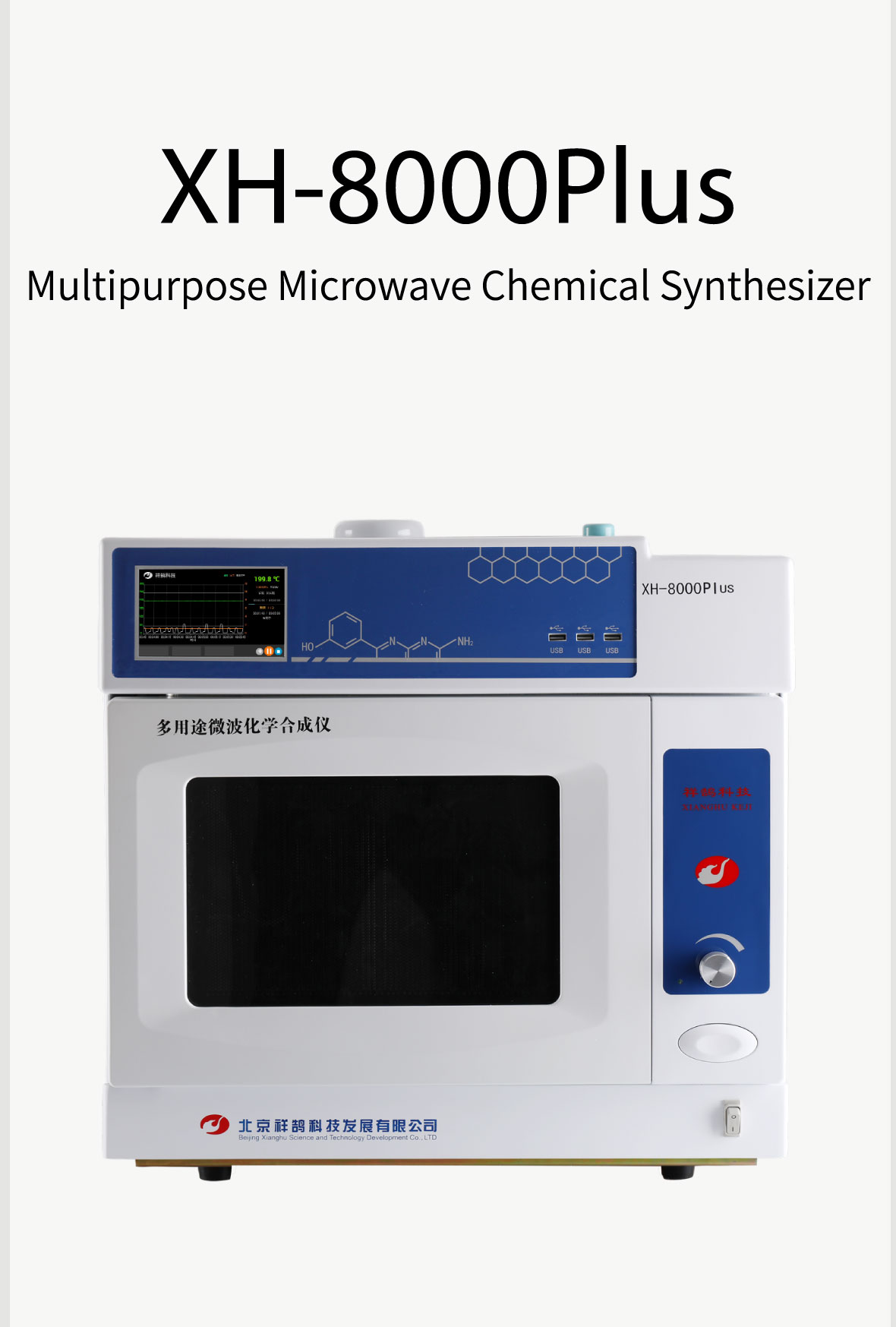
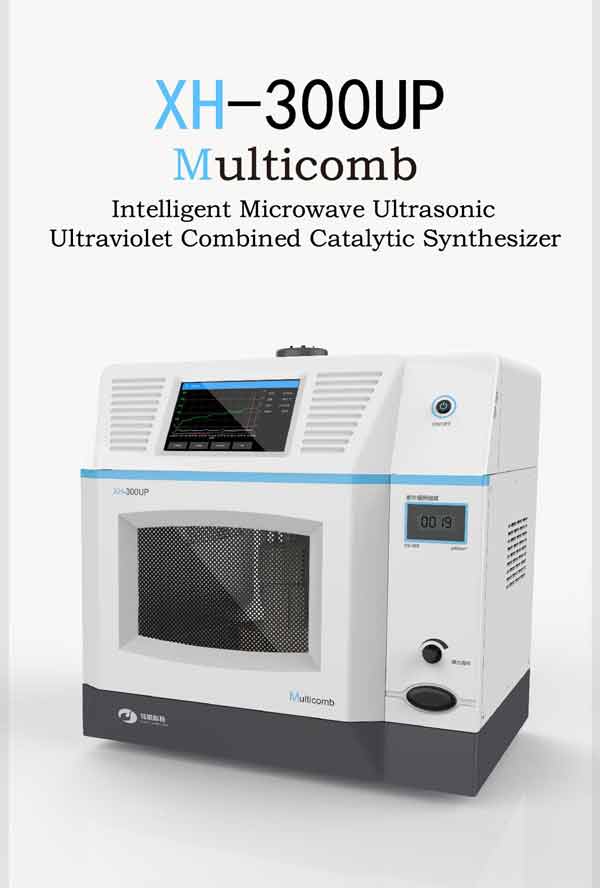
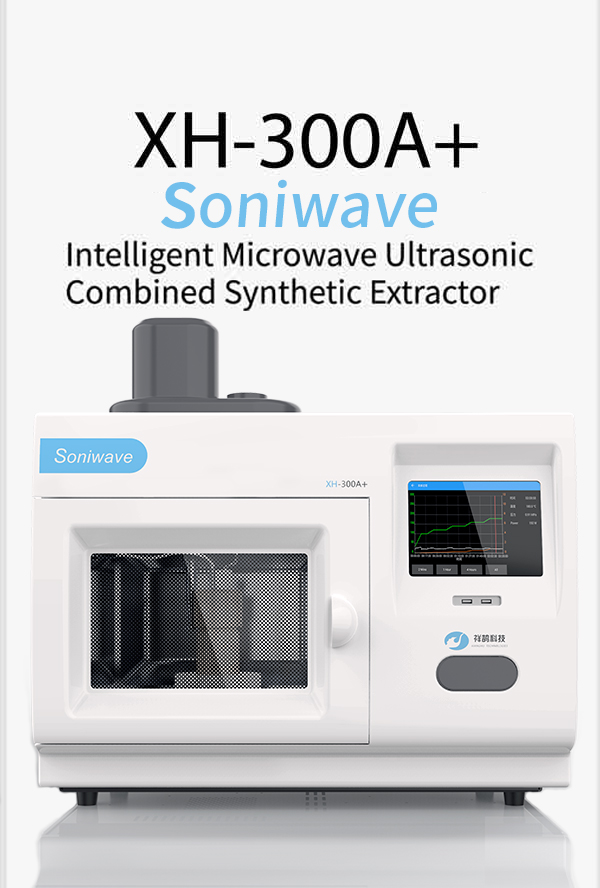

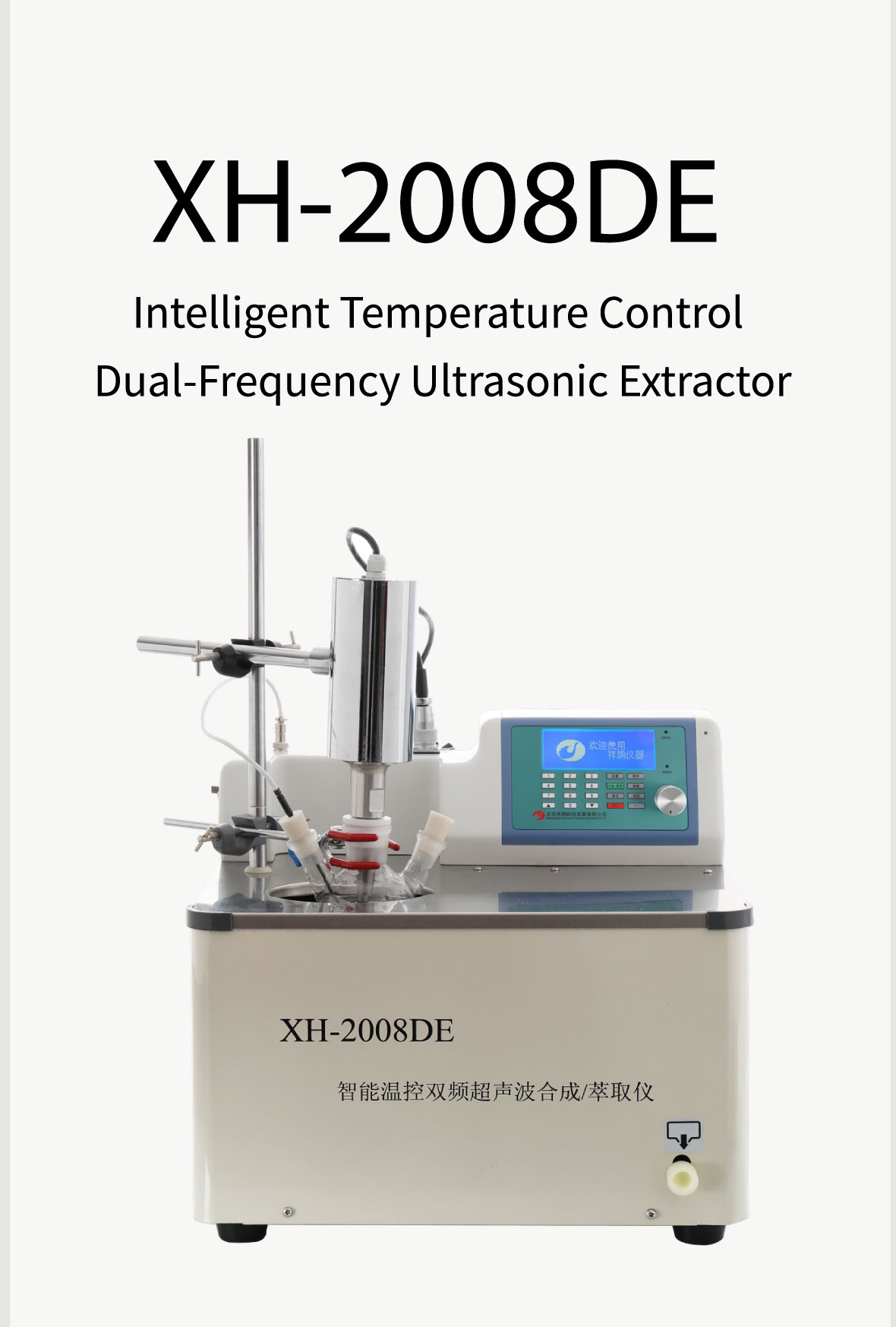



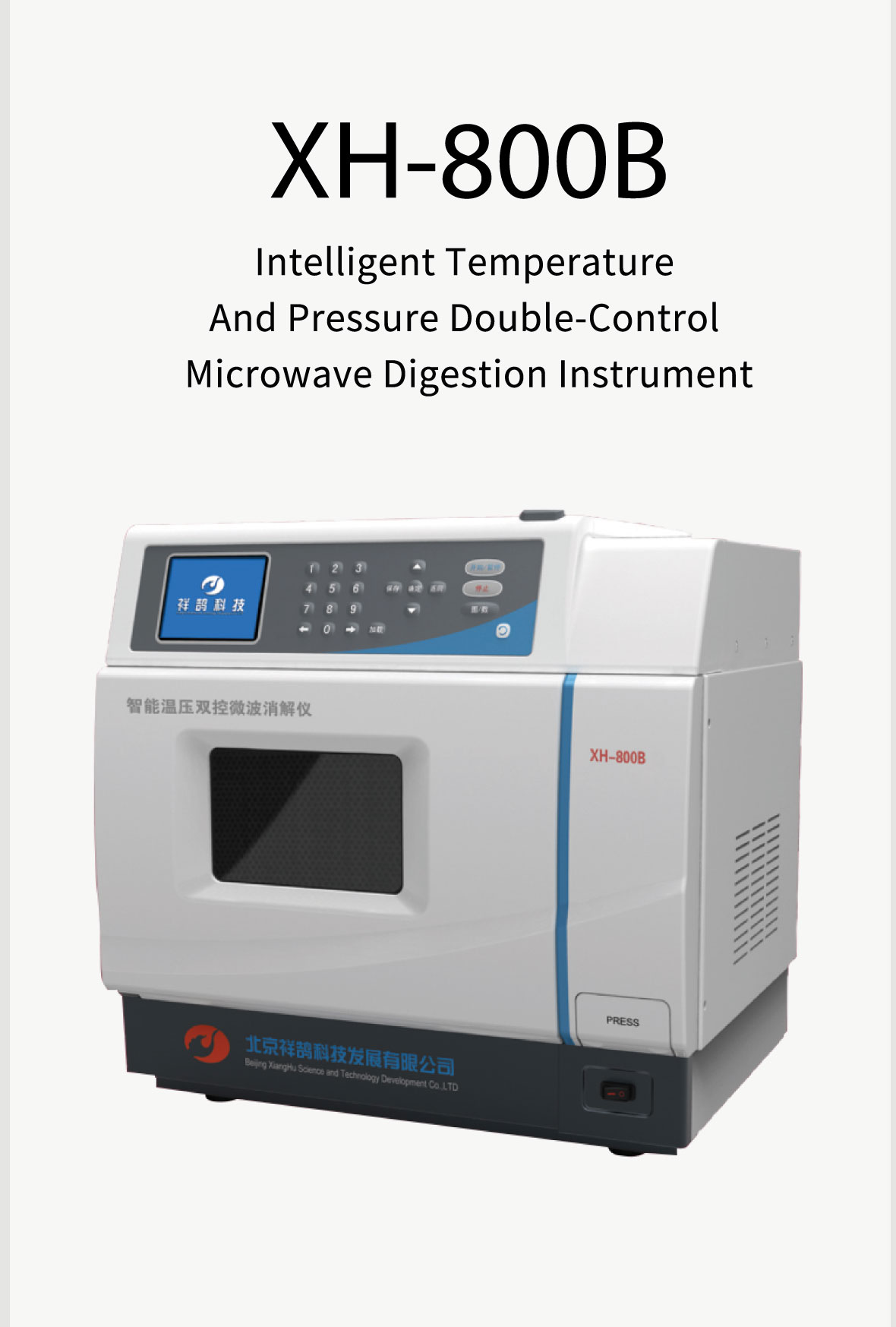



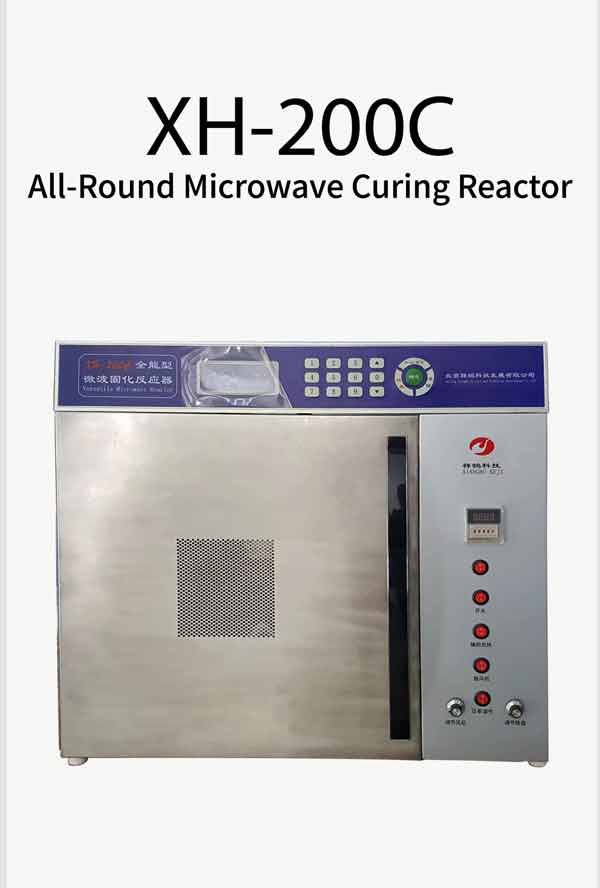
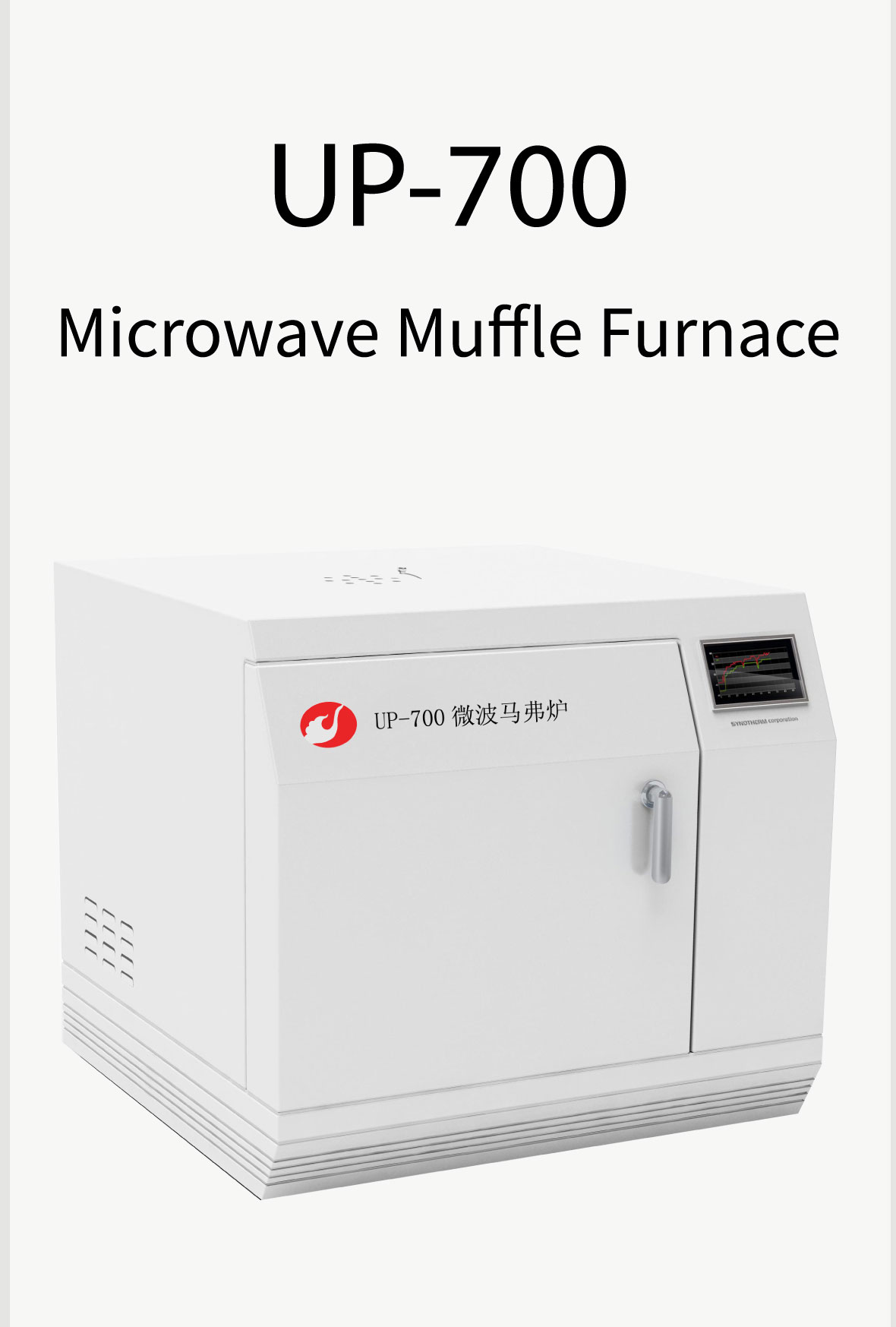

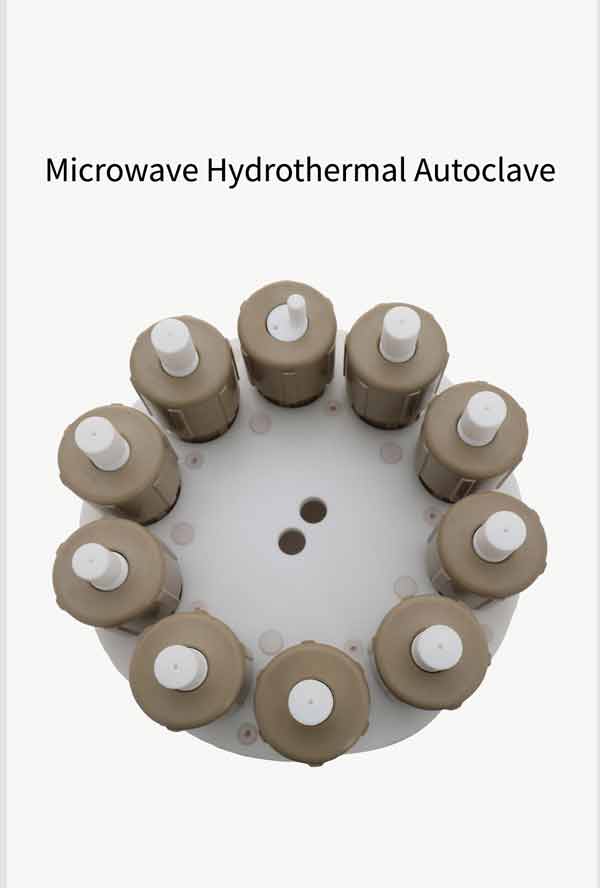

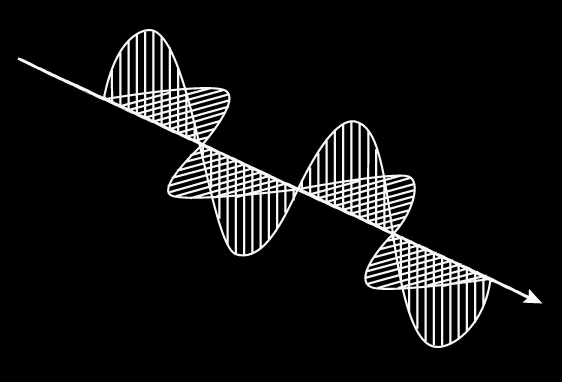

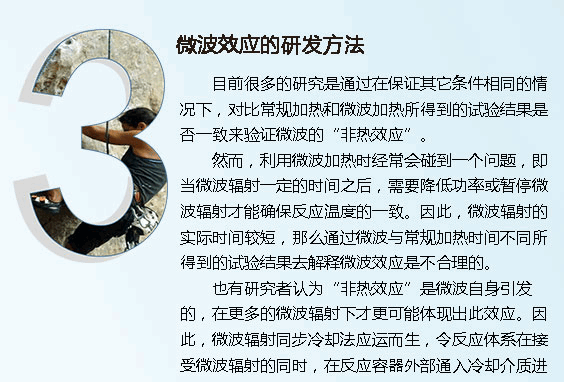
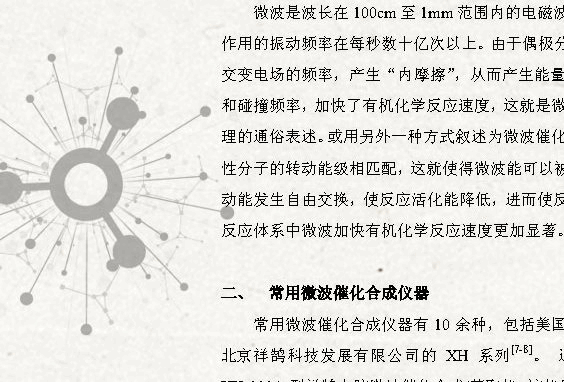

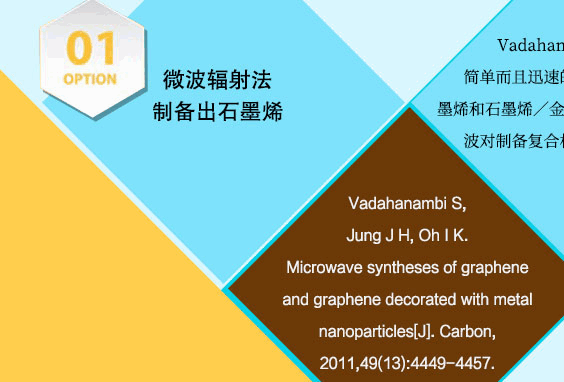
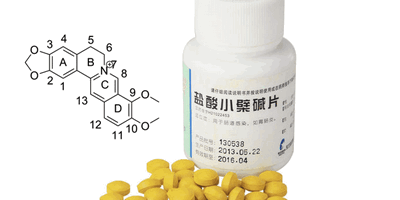


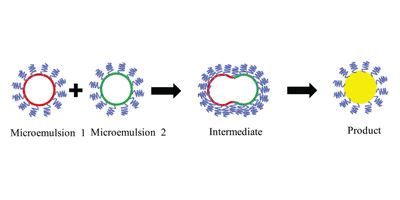
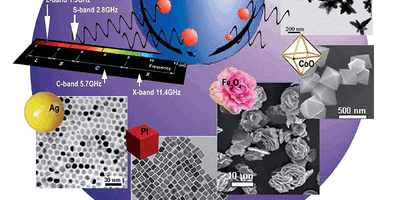
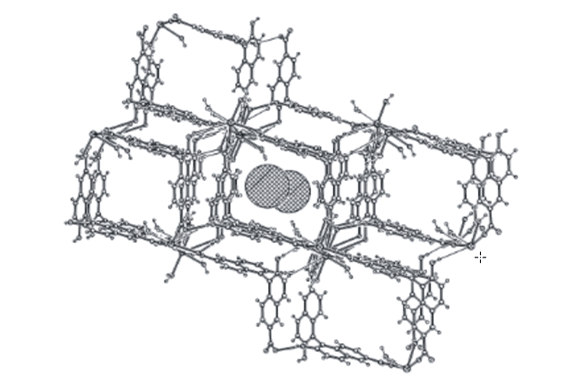
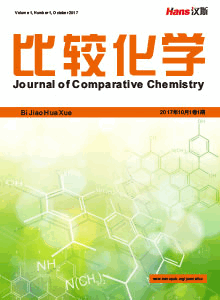
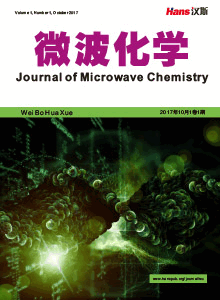





 京ICP备15050585号
京ICP备15050585号

